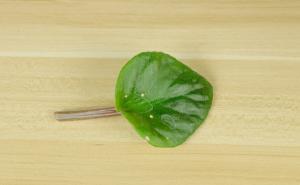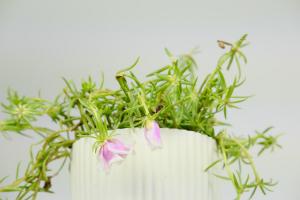1、 Soil
Apricot plum does not have strict requirements on soil, as long as it grows well in weakly alkaline sandy loam with good drainage (pH value is about 6-8). Breeding at home requires the use of larger flowerpots. The deep soil layer is conducive to the stability of roots
2、 Temperature
It likes a warm growth environment, but it can also withstand - 25 ℃ low temperature. It grows best at the ambient temperature of 16-23 ℃. In most areas, indoor and outdoor breeding is no problem
3、 Watering
During maintenance, water shall be supplied according to the method of "watering when the basin is dry, watering when it is not dry, and watering thoroughly". During the vigorous growth period, it is necessary to water once a day. In summer, it is important to spray more water in the morning and evening to improve the air humidity
4、 Illumination
Apricot plum likes sunshine and should be placed in a ventilated and sunny place such as balcony. If the sun is not enough and the time is not enough, it will grow poorly and may not bloom
5、 Precautions
1. Fertilization: it has little demand for fertilizer. Don't apply fertilizer often. When applying fertilizer, pay attention to a small amount and multiple times. Nitrogen fertilizer was mainly used before flower bud differentiation
2. Basin change: it is best to change the basin at the end of March. When changing the basin, cut off the old roots and rotten roots. Spread a little organic fertilizer on the bottom of the basin and replace it with fertile culture soil

 jackfruit
jackfruit snake plant
snake plant hibiscus
hibiscus hydrangea
hydrangea lavender
lavender Green roses climb al...
Green roses climb al... If you don't pay att...
If you don't pay att... Management of four g...
Management of four g...

































